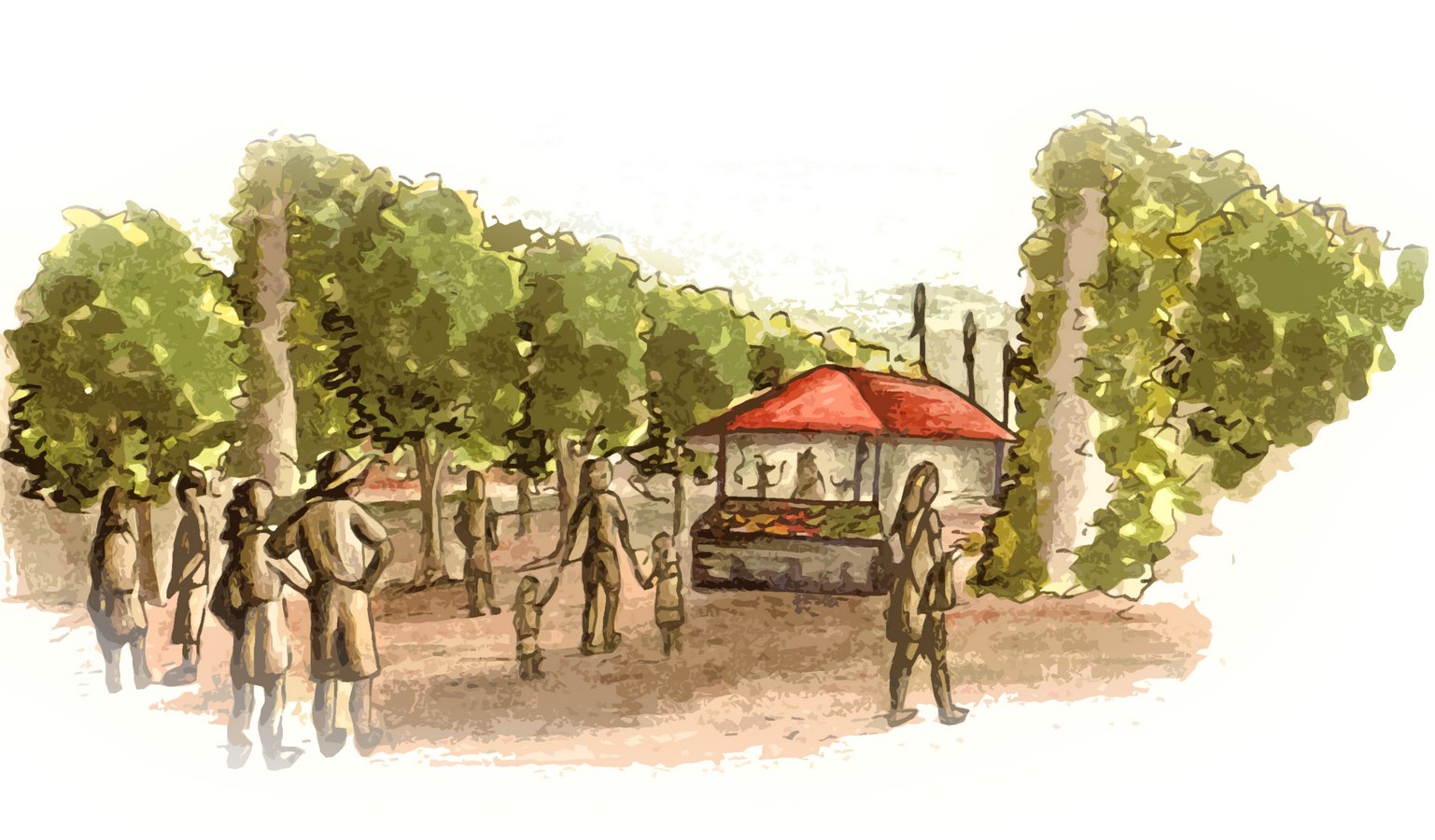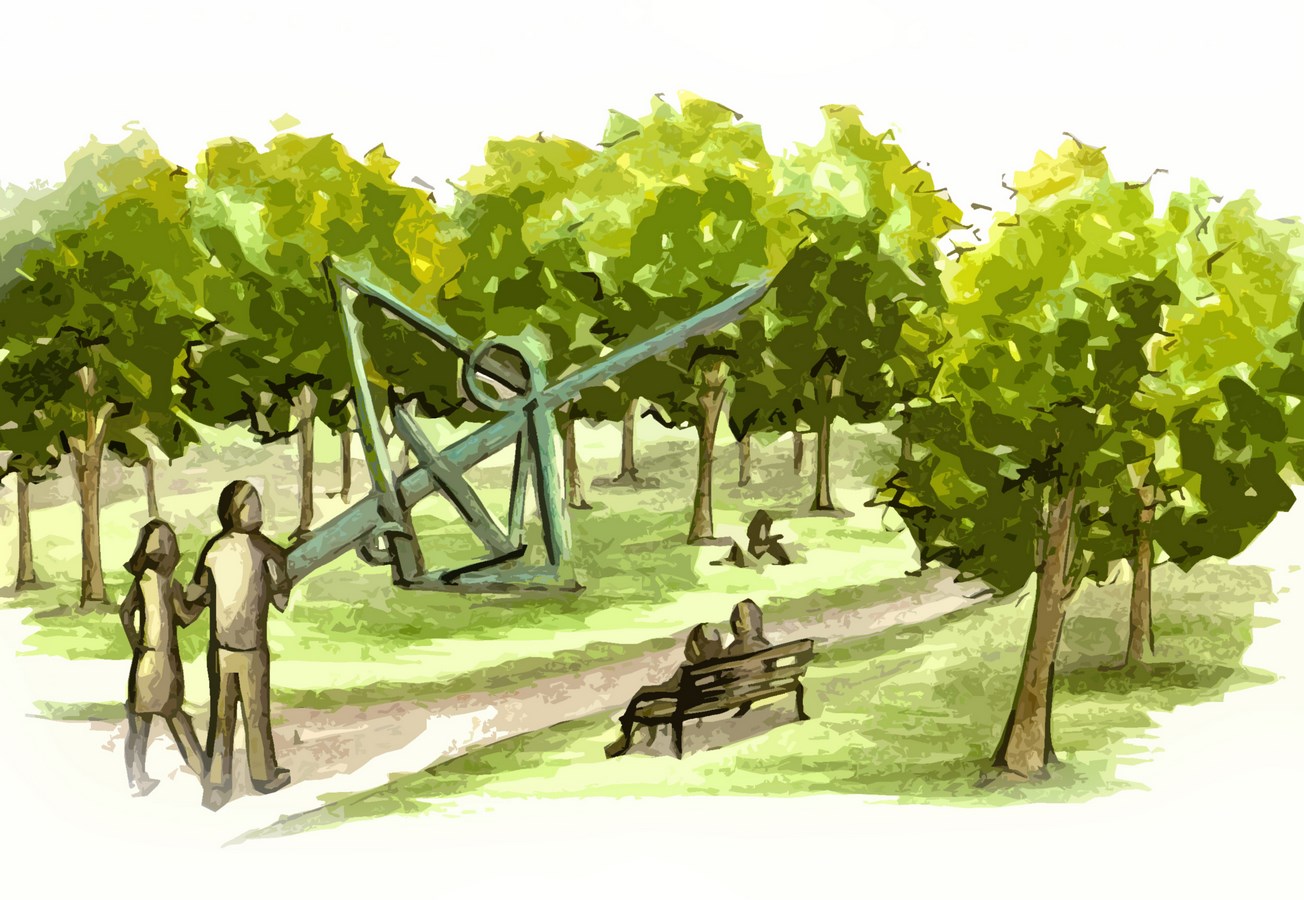HISTORY & BACKGROUND: A 589 acre site located in South Chicago along lake Michigan provides opportunity for new development. It was once one of the largest Steel Mills in Chicago, famously known as South Works starting in the 1880s. The mill expanded into the lake, built on top of its waste bioproduct of slag, which remains today. South Works endured a prolonged shutdown and eventually closed in 1992, leading to the adjacent communities of steelworkers decimated. Today, it is now a vacant land that has the opportunity to redefine itself and help revitalize the surrounding community as it did once before.
Architects: Emily Scott
Status: Concept



PROCESS:The project focuses on the central third of the site, which includes North Slip water access and three remnant 2,550 long ore walls. Through utilizing the West open space and neighborhoods off of 87th street, the concept focuses on bridging the two areas to create green space and a hub along S Lake Shore Drive. The major drivers of programming the hub was creating interlocking programs within the site’s existing framework and gradiating the density in a radial approach, mimicking the expansion of the shoreline years ago.

CONCEPT:With the coast being a landmark for multiple Chicago destinations, the concept of expansion and sustainable practices were used to design a conceptual masterplan. Gentrification is a concern for current residents. Revitalizing the adjacent neighborhoods through a central hub will create a connection within the current and new residents of the community. Additionally, strategically harnessing the large ore walls for sustainable practices will not only reflect the past of the once economic powerhouse in South Chicago, but also provide other beneficial programs to the local community.

LAND BRIDGE OVER LAKE SHORE DR.: Inspired by habitat protection land bridges for wildlife over roadways, this greenway bridge connects the adjacent neighborhoods to the new development over Lakeshore Drive.

COMMUNITY GARDEN: Between the ore walls using a rainwater watering system, the community garden provides local produce and an educational tool for the community.

KAYAKER’S COVE: A multi-tiered park along the greenway strip allows adaptability for rising lake levels and various views for visitors.

FARMER’S MARKET: Local businesses and produce collected from the community garden are supported through the Lakeshore Farmer’s Market.

SCULPTURE GARDEN: The park represents many artists to bridge the urban experience with recreational. It also provides a view of the Chicago skyline.
AMPHITHEATRE: vent space for residents and visitors at Lakeshore to gather for various performances with a view of Lake Michigan.

GARDEN CENTER (RENTED LOTS): East of the community garden, tiered plots of garden space are available to rent for community members. Built in watering system uses rainwater collected in the North ore wall.

GREEN TECHNOLOGY CENTER: Within the ore walls southeast of the greenway, opportunity for sustainable technology can educate and provide energy to the Lakeshore community.

Emily Scott
Emily Scott is an emerging professional in the landscape architecture field and has dedicated herself to passionately focus on designing balanced spaces that integrate environmental, social, and economic value. She joined Living Habitats, located in Chicago, in 2017 as a landscape architect and recent graduate of Iowa State University where she received the ASLA Iowa chapter Award of Honor and President’s Award. Her drive to build resilient communities for current and future generations compelled her to various experiences as an undergraduate, including international studies of sustainability in New Zealand and active involvement in community engagement. The practice will continue to shift as the world progresses and faces new challenges. With this, Emily has committed to attain diverse experiences at an international and local level to broaden her knowledge and experiences as she continues to advance in the profession.
LinkedIn: linkedin.com/emily-scott-50b20a91
The “Revitalize” project was completed in 2014 when Emily was a junior at Iowa State University.





